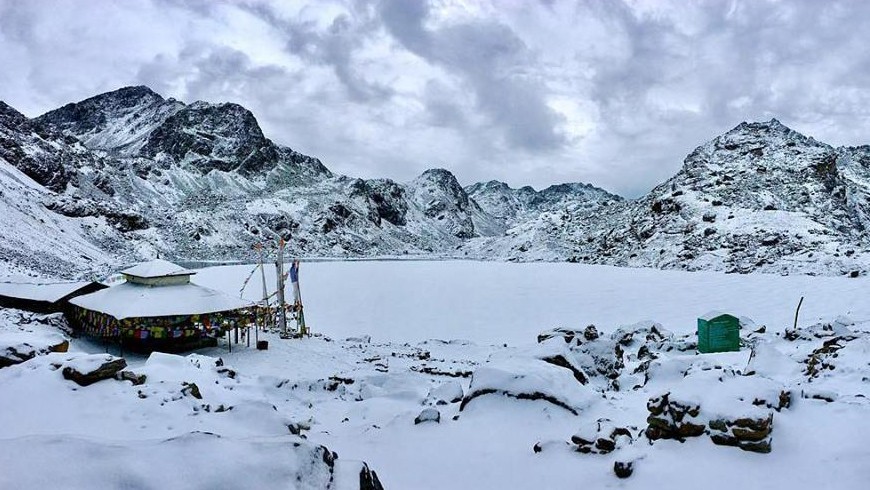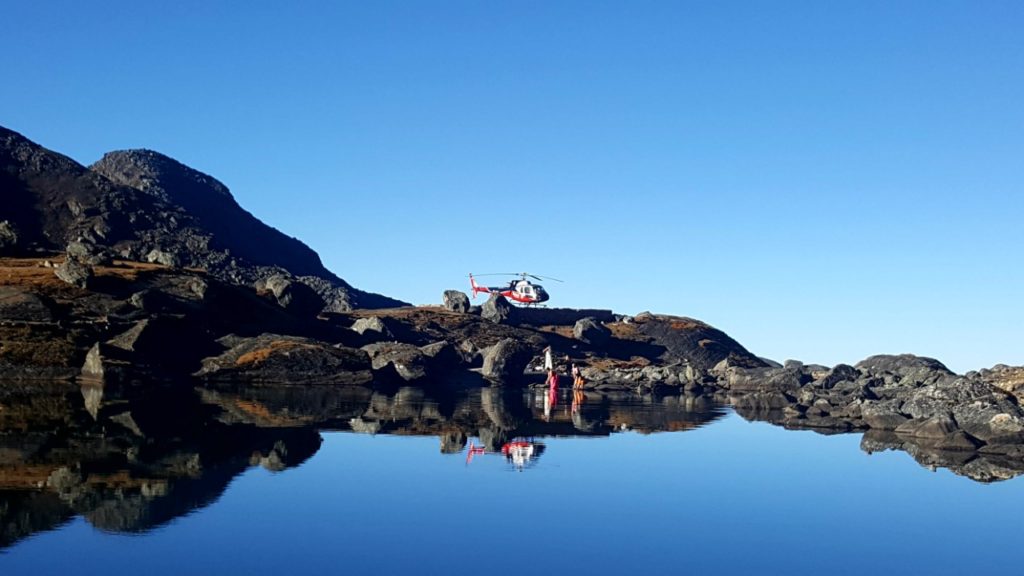Gosaikunda Tour : The Place You Must Go When In Nepal
Gosaikunda Tour is a quarter of a mile wide blue water lake at an altitude of 4,380 meters in Rasuwa district. There are 108 other ponds around it. One of them is Parvati Kunda and the main Gosainkunda is considered to be Shivakunda. The natural forests and ponds have made it an attractive destination. At the same time, the culture and nature of the Tamang found during the trip also attracts the attention. Gosainkunda is located within the Langtang National Park. The lake was included in the Ramsar area in September 2007.

Gosaikunda Tour
How to reach Gosaikunda
Gosainkuda The journey from Sundarijal to Gosainkunda in Kathmandu is considered to be a good trek in religious, historical and anthropological terms. Students, teachers and explorers heading to Gosainkunda start their journey from Sundarijal (1895 m). Although most of the passengers travel from Trishuli, the route to Sundarijal is considered to be short.
You have to cross the slippery road of yellow and red soil with beautiful water cut, and then comes Tamang Vasti, Mulkharka. After climbing the Gurans and Diyar pine forests in April-May, falling in love with Gurans, Bodlang Bhanjyang arrives. After cutting the bhanjyang and still rising, the first bass reaches Chisapani.
The second day’s journey begins on the way to Gegyran, where the worms are in the mood to tease the new traveler. Then you reach Patibhanjyang, the main road from the north-east. After walking uphill from here, you reach Kutumsang to stay overnight. On the day of walking from Kutumsang, one enters Langtang National Park and in the evening reaches Tharepati. Heading east from here, you reach Helambu through the Mirchaule River, but you have to take the north-west route to Gosainkunda.

Gosaikunda Tour
In August-August, coke blue flowers are blooming on this road. It is believed that cooking garlic in the morning will make the caste go away. Then you reach Golbhanjyang. Pedestrians can reach the lake from here. After that, passing through Patibhanjyang, Tharepati stays for the fourth night.
From here, Tamang, Sherpa and Chauri cows, who are moving their flocks, come to be your friends. One of the monkeys reaches Tarkeghyang, an apple village. Once upon a time, during the war with Bhote, an army led by Jang Bahadur’s brother Dhir Shamsher had a fort here. Then you have to go straight to the north.
And after walking horizontally, the ascent without Laurie begins. Travelers should offer the stick to Ganesh in the middle of a pile of stones. It is said that Ganesh gets angry with those who take him away. On the fifth day, the first tank in the Gosainkunda area, Suryakunda. After falling down from here, you reach Gosainkunda.
An ocher-colored rock resembling a statue of Shiva is seen in this tank. There are nine ponds around Gosainkunda and five ponds on the west side above it. Gosainkunda is the source of the Trishuli River. It is believed that three streams of water came out of the trident buried in the ground by the poisoned Shiva, the river of water is called Trishuli.

Gosaikunda Tour
The biggest fair in Gosainkunda takes place on Janapurnima. While bathing in Gosainkunda, Bhairavnag Kunda can be seen. With the sound of the Trishuli River flowing from Gosainkunda, it flows towards the small Sabru. When you go to Cholyang and Tenje hills in April-May, you can see white guarana flowers. You can also enjoy Langtang National Park. And on the fifth day, we bid farewell to Chandanbari Ghyang and reach Dhunche.
Going north from Dhunche, hot water is reached. It is believed that bathing in the hot water of the fair, which is held in October, cures gout and leprosy. But it takes another three days to get here. The Chilime Hydropower Project is on its way. There are two options to drive from Dhunche to Vetravati. If you are on a two-week journey, drive from Dhunche to Trishuli Bazaar, Nuwakot Durbar and Devighat, otherwise drive to Kathmandu.
Comment Here!